
They were so good that the advertising for them had to become increasingly creative. But a parade of skilled designers remained convinced that the new concepts they had come up with were superior, and audiophiles still lined up to buy them. The turf was always familiar: tubes remained tubes with their lovable quirkiness, and solid-state was dominated by class-A/B designs as it had been since the transistor was invented.
Meanwhile, the digital era gathered steam, although digital implementations were slow to crash the well-entrenched amp party. An early design from Bang & Olufsen called ICEpower was dubbed class-D for obvious reasons.
There were undeniable benefits to class-D, particularly its high efficiency: While class-A/B designs are lucky to achieve around 60 percent efficiency with the remaining energy simply turned into heat, a class-D amp can reach above 90 percent.
A few years after birth of class-D, a young engineer at Philips in Belgium, Bruno Putzeys, designed his own version of a digital amp. He called it UcD for “Universal class-D.” A range of variations followed as Putzeys moved on from Philips to Hypex, where the latter marketed (and still does) products based on his designs.
This story is from the February - March 2021 edition of Sound & Vision.
Start your 7-day Magzter GOLD free trial to access thousands of curated premium stories, and 8,500+ magazines and newspapers.
Already a subscriber ? Sign In
This story is from the February - March 2021 edition of Sound & Vision.
Start your 7-day Magzter GOLD free trial to access thousands of curated premium stories, and 8,500+ magazines and newspapers.
Already a subscriber? Sign In
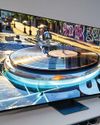
Pinnacle Picture Performance
IT IS a small miracle that you can buy a TV as good as the 77-inch Samsung S90C Quantum Dot OLED for $2500.
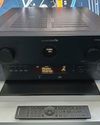
AV Masterpiece
THE AV PROCESSOR is the less well-known sibling of the AV receiver. The main difference being that processors don't have built-in amplification.
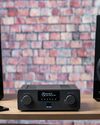
Sit and Listen Streaming
FOR ANYONE who has been waiting for streaming music to be a high-quality sit-and-listen experience, the SVS Prime Wireless Pro SoundBase streaming integrated amp fits the bill.
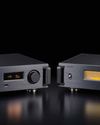
Worth the Splurge?
AS A RULE I'm not particularly susceptible to the \"audio-jewelry\" school of component design; I'm a value/performance guy.
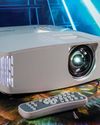
Focus on Gaming
OPTOMA BOASTS of being both the top 4K UHD projector brand globally and the number one Digital Light Processing (DLP) brand in the United States for 2022, citing the PMA Research Worldwide Projector Census, making the company no stranger to the world of projected light.
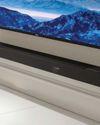
Sonic Surprise
OVER THE YEARS I've reviewed hundreds of audio and video products covering all the usual bases. But not up to now a soundbar.
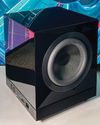
Deep Concentration
IN THE realm of high-fidelity audio, the Bowers & Wilkins DB3D subwoofer offers a fusion of compact design and powerful performance.
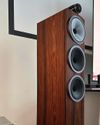
When Less is More
MY EXPERIENCE with Bowers & Wilkins dates back over thirty years to my high school days, when I first admired the 801 Matrix in Stereophile magazine.

SHARP, BRIGHT, & BUDGET-FRIENDLY
IN JUST a few short years the home projector landscape has undergone a radical revolution in terms of price and selection.

They are Coming.I Can't Hold Them Back Any Longer.
This is my last communication. Outer walls breached. Door is splintering. Hinges giving way. Out of ammo. Just one grenade left. I'll take as many as I can with me. God have mercy on my soul.